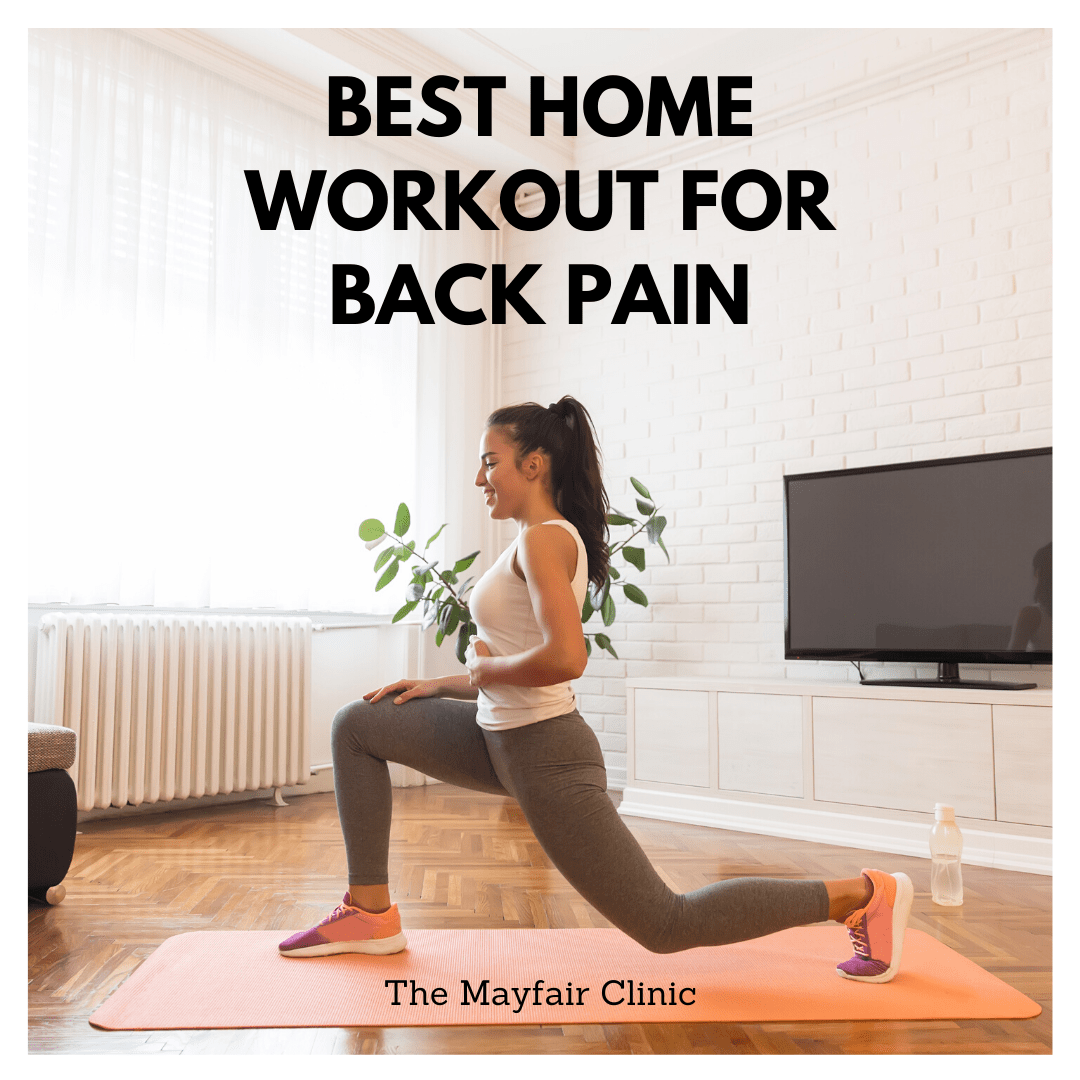Today we’re going to go through the rehabilitation process we are recommending anyone with back pain can start from home. These exercises form our Back In Shape membership area, which you can sign up to for free at www.backinshapeapp.com, but we’ll be going through each phase here and just explaining to you their significance and why they’re a vital part of recovering from back pain. Sadly, in a lot of cases of back pain, the problem can often be misdiagnosed as simple muscle strains or spasms. This is because early stages of back pain is often accompanied by muscular dysfunction, which can be very uncomfortable. However, muscles don’t just go into spasm on their own.
Phase 1: Relief Based Exercises
The first stage of recovery in the case where someone is suffering considerably with their back pain, up to the point where they may be struggling to walk at all, will be to do some basic relief-based exercises, improve your flexibility and core engagement. The core muscles are there to protect your midsection and spine, so learning to re-engage your core is going to be absolutely vital to your recovery. Without learning to re-engage your core, some of the strengthening exercises later on won’t go far enough to prevent future relapses, so it’s very important you get a grasp on how to ‘switch’ on and off your core muscles. Next up is improving the flexibility of your muscles in the lower body and hips. Often tight muscles around here can pull on the lower back, so isolating these areas and stretching them effectively is an important step. In the membership area, we show you how to do these stretches properly, so as to not involve the lower back in the stretch and potentially make that problem worse. A lot of stretches can often involve bending over forwards or flexion movements, but this can make lower back problems worse. At this stage, we also introduce the towel stretch as an at home decompression technique. If you’ve previously been recommended knee hugs, you need to stop these as soon as possible and do this stretch instead. Take a towel and roll up to around the thickness of a foam roller, lie on this for 3-5 minutes to decompress the spine and relieve pressure on your joints and muscles.
Phase 2: Bodyweight Exercises
Once you’re able to comfortably move around and you’ve got the core engagement sorted, you can move onto introducing some bodyweight exercises into your daily routine. We go through which specific exercises will be safest for you to introduce in the Back In Shape area, but the purpose of these will be to start strengthening your core and lower body so that they can start effectively supporting your body. Some people do struggle with knowing when they should move onto phase 2, but really if you’re able to move around the house or get out for a 15 minute walk then you should be ready to start introducing these exercises.

Join The Back In Shape Program
A full protocol to support you get out of back pain in the short term and then rehab safely and effectively to deal with the issue for the long term.
If you’re someone who’s just not sure if they’re ready to move on, alternating the routine with one day phase 1 and one day phase 2 may be helpful, or you might prefer to sandwich phase 2 exercises in the middle of the day, by doing your phase 1 exercises in the morning and evening. As your body becomes stronger, you should find any pain that hadn’t subsided with phase 1 will start to go as well.
Phase 3: Resistance Training
Usually after a month of phase 2, you’ll be able to safely move on to progressing your exercises beyond bodyweight and start training with resistance. We show you exercises in phase 3 that can either be done using resistance bands or kettlebells. Further progressing the bodyweight exercises into using added weight will just help to further prevent any relapses as much as possible, as well as improve your strength so that you’re able to perform any daily tasks more effectively. You may notice that we pick exercises that can often replicate things we do on a daily basis, for example squats and lunges. Using functional exercises can help improve your quality of life when performing activities day-to-day, as well as improve your stability to the point where if you were to perhaps slip off a curb or lift something a little too heavy, your back stays well protected. At this stage, if you were to suffer from any relapses, if you’ve followed the protocols to the letter, they should be short lived and you’ll be back to normal very soon.
We hope you’ve enjoyed today’s article and found it helpful if you are struggling with back pain right now. To take advantage of these rehabilitation protocols, make sure you sign up for free today to our Back In Shape membership area at www.backinshapeapp.com. If you have any questions at all about the program, please do feel free to reach out to us either via email at info@themayfairclinic.com, through our social channels, or by tuning in to our livestreams every weekday on our Facebook and YouTube channel.
Contact Us.
Email Us
info@themayfairclinic.com
Call Us
0203 947 32 22
Clinic Address
4 Cavendish Square, London, W1g 0PG.